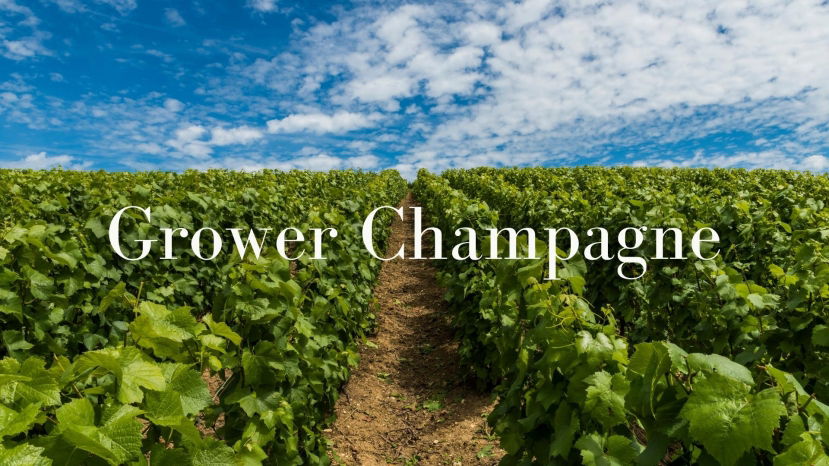BLOG
PETER LIEM
Summary: Although American by nationality, Peter Liem lives in the Champagne region, in the small and charmingly named village of Dizy, just behind the Gaston Chiquet estate and down the road from Jacquesson. He is one of only a few professional wine writers to actually live in Champagne, and among these, the only one to write in the English language. This proximity gives him an unusual perspective on the region, its people and its wines, especially as a foreigner. Given his
Peter Liem talks with us about the progressive movement in Champagne. As we’ll discover in this conversation, there’s more to the terroir story than the chalk soils and the weather.


